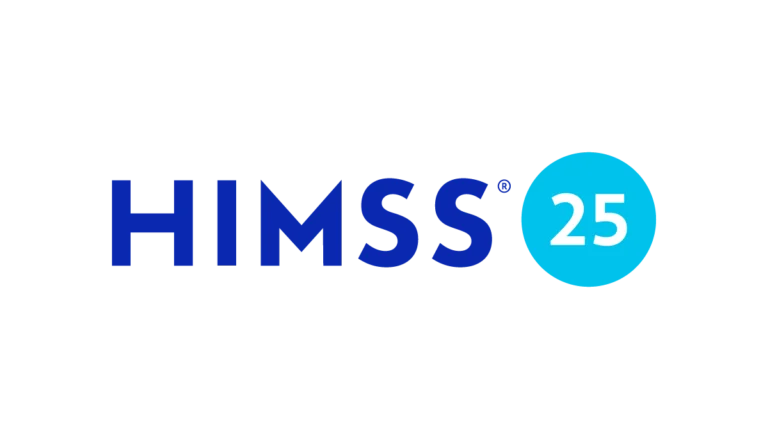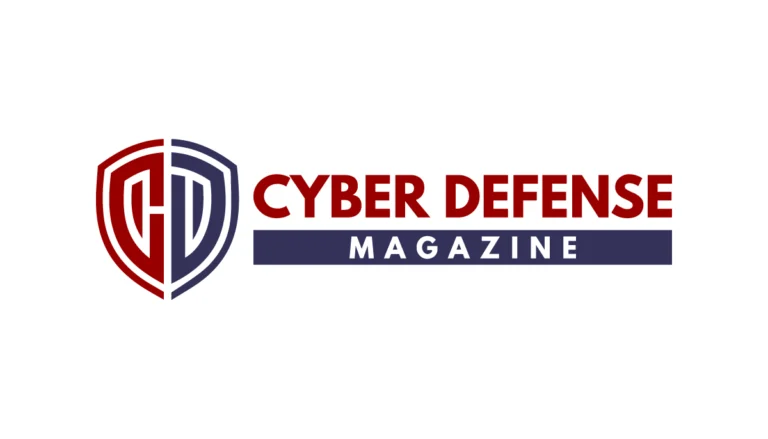Oct 16, 2017

Prevention is Key
Regularly monitoring the devices where PHI is stored helps organizations to be proactive and safeguard vulnerabilities before they become compromised. Luckily, there are several accessible resources and tools available to help this process.
The Office of the National Coordinator for Health Information Technology (ONC) offers a Security Risk Assessment (SRA) Tool for healthcare organizations looking to perform a risk analysis and ensure they are staying HIPAA compliant. The SRA Tool guides organizations through each HIPAA requirement and notifies them if corrective measures need to be taken or if they are in fact in compliance.
Administrative Safeguards – The appropriate authorization and supervision of all workforce members who work with e-PHI must be enforced. Access to e-PHI should be role-based and limited to remain consistent with privacy rules.
Physical Safeguards – Strict policies and procedures must be in place regarding the transfer, removal, disposal, and re-use of electronic media to ensure e-PHI is protected.
Technical Safeguards – A covered entity must implement technical security measures that guard against the unauthorized access to e-PHI that is transmitted over an electronic network.
Additionally, healthcare organizations should perform a risk analysis on their fax systems and fax server providers. Unfortunately, many organizations still use outdated fax systems that cannot guarantee security or reliability.
Secure Exchange Network
If your healthcare organization is searching for a 100% secure messaging transport service, look no further. ETHERFAX’s patented internet fax technology extends existing fax server solutions to the cloud and eliminates the need for costly and unsecure fax technology. The ETHERFAX Secure Exchange Network (SEN)leverages military-grade encryption to guarantee all communications between fax servers, EMRs, and EHRs are safeguarded. Furthermore, ETHERFAX SEN is fully HIPAA and PCI DSS compliant. To securely send and receive PHI and other unstructured data within your healthcare organization, contact us today.



